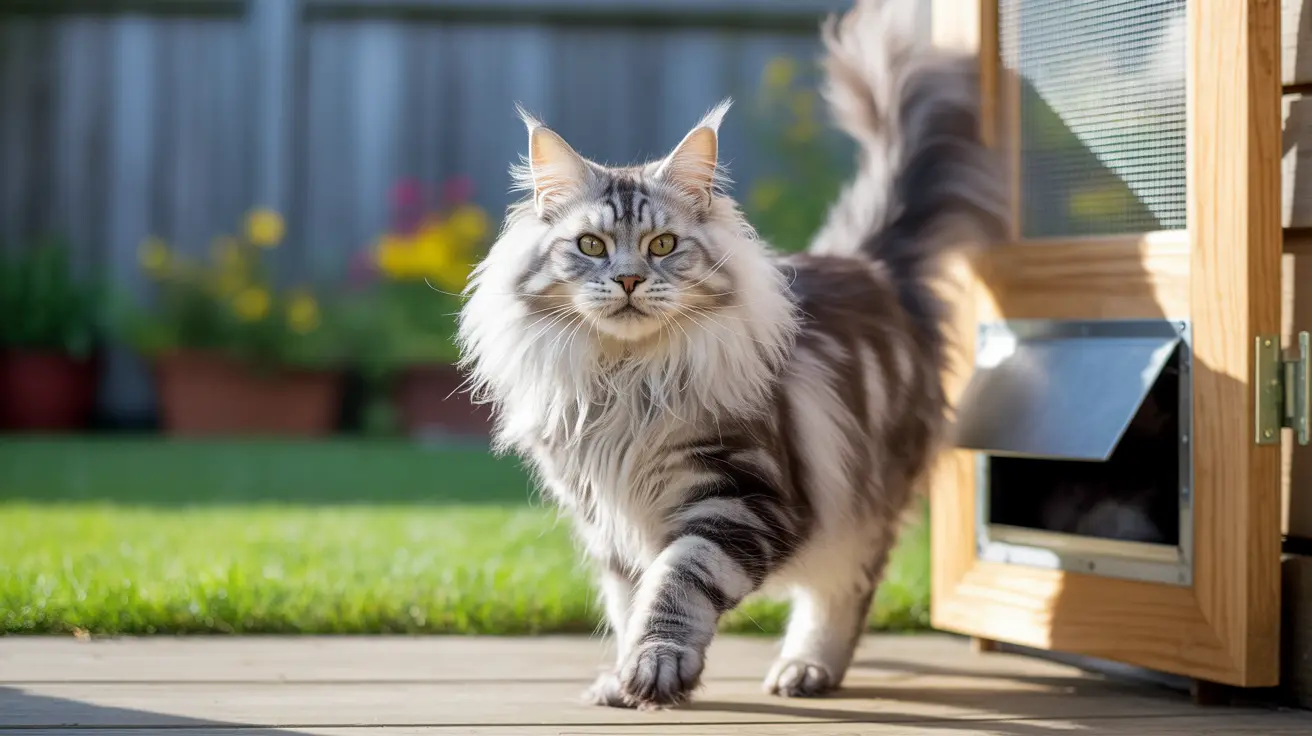Understanding IVDD in Cats
Intervertebral Disc Disease (IVDD) in cats is a serious spinal condition that can significantly impact your feline companion's quality of life. While less common than in dogs, IVDD requires immediate attention and proper understanding to ensure the best possible outcome for affected cats.
This comprehensive guide will explore the causes, symptoms, and treatment options for IVDD in cats, helping you recognize early warning signs and understand when to seek veterinary care.
What Causes IVDD in Cats?
IVDD occurs when the cushioning discs between your cat's vertebrae either bulge or rupture. These discs normally act as shock absorbers for the spine, but when compromised, they can press against the spinal cord and surrounding nerves, causing pain and potential paralysis.
Two primary types of IVDD affect cats:
- Type I: Sudden disc herniation, often due to trauma or falls
- Type II: Gradual degeneration of the disc over time
Recognizing the Signs of IVDD
Cats are masters at hiding pain, making early detection crucial. Watch for these common symptoms:
- Reluctance to jump or climb
- Hunched posture or rigid spine
- Decreased grooming habits
- Difficulty using the litter box
- Crying out when touched or moved
- Weakness in legs, especially hind limbs
- Changes in appetite or activity level
Diagnosis and Treatment Options
Veterinarians diagnose IVDD through a combination of physical examination, neurological assessment, and imaging tests such as X-rays, MRI, or CT scans. Early diagnosis is crucial for successful treatment.
Treatment approaches may include:
- Conservative management with strict rest
- Pain medication and anti-inflammatory drugs
- Physical therapy and rehabilitation
- Surgical intervention in severe cases
Recovery and Long-term Management
Recovery from IVDD depends on several factors, including the severity of the condition and how quickly treatment begins. Many cats can make excellent recoveries with proper care and management, though some may require ongoing support.
Long-term management strategies often include:
- Weight management to reduce spinal stress
- Modified environment to prevent jumping
- Regular veterinary check-ups
- Continued physical therapy exercises
Prevention and Risk Reduction
While not all cases of IVDD can be prevented, certain measures can help reduce risk:
- Securing high places to prevent falls
- Maintaining a healthy weight
- Providing appropriate exercise
- Using ramps or steps for elevated areas
Frequently Asked Questions
What are the common signs and symptoms of IVDD in cats that I should watch for?
The most common signs include reluctance to jump, changes in mobility, hunched posture, decreased grooming, and signs of pain when touched. Some cats may also show weakness in their legs or changes in litter box habits.
How is Intervertebral Disc Disease (IVDD) diagnosed in cats, and what tests might my vet perform?
Diagnosis typically involves a physical examination, neurological assessment, and imaging tests such as X-rays, MRI, or CT scans. Your vet will also evaluate your cat's medical history and symptoms.
What treatment options are available for cats with IVDD, and when is surgery necessary?
Treatment options range from conservative management (rest and medication) to surgery. Surgery becomes necessary when there's severe nerve compression, persistent pain, or loss of motor function. The choice depends on the severity of symptoms and response to conservative treatment.
Can IVDD in cats be prevented, and what steps can I take to reduce my cat's risk of developing it?
While not entirely preventable, you can reduce risk by preventing falls, maintaining a healthy weight, providing appropriate exercise, and creating a safe environment with easy access to elevated areas through ramps or steps.
What is the prognosis for a cat diagnosed with IVDD, and how can I support their recovery at home?
Prognosis varies depending on severity and treatment timing. Support recovery by following veterinary instructions, providing a comfortable resting area, assisting with mobility as needed, and maintaining prescribed medication schedules.
Conclusion
IVDD in cats requires vigilant attention and prompt medical care for the best possible outcomes. By understanding the signs and symptoms, you can help ensure your cat receives timely treatment if affected by this condition. Remember that each case is unique, and working closely with your veterinarian is essential for developing an effective treatment plan.






